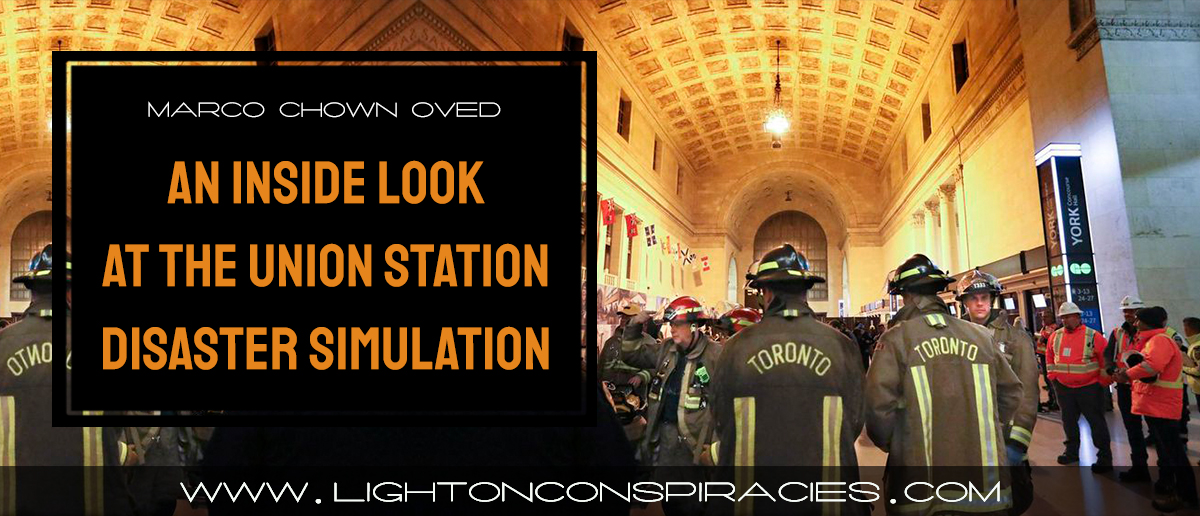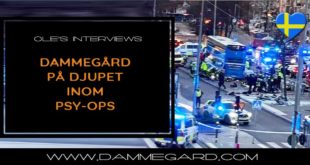There’s a man, dark blood dripping from his neck, groaning on the concourse floor.
And a woman, hands clasped desperately on the wound, crying out: “Why won’t anyone help him!”
There’s a grey woollen blanket draped over someone else, the red and black soles of his sneakers peaking out one end.
Paramedics rush past, the casters on their wheeled stretcher clickety clacking back and forth.
Then the fire alarm bleats and lights start to flash on the ceiling.
During the lost hour when clocks moved back in the dead of the night Sunday, something terrifying happened in Union Station.
Gun shots rang out. Bodies were splayed on the ground everywhere: in the Newmarket GO train, on the number three platform and at the bottom of the concrete stairs leading down into Canada’s busiest transit hub.
It happened and it didn’t happen — because it was a simulation.
It was 2 a.m. and we were all acting like it was mid-rush hour on a Friday afternoon. Then it was 1 a.m. again and the firefighters were coiling up their hoses, the gunshot victims were grabbing a bite to eat while the adrenalin wore off.
Across the city, people got an extra hour’s sleep. Inside Union Station, that hour didn’t happen. Sunday’s 25th hour was erased when our phones automatically turned back. But for us, it was an hour that could not so easily be forgotten.
A training exercise. The biggest ever organized by Metrolinx and involving Toronto police, fire and paramedics. More than 150 volunteer victims and bystanders, 200 first responders. And five deaths (Not really).
Planned for the middle of the night to ensure minimal disruption while preparing emergency workers for the worst disruption anyone could imagine.
Journalists have been invited to observe. Not just for public relations, but also because if there were a real downtown disaster, we would be there and everyone needs to know how to deal with us while also doing their jobs.
A man wearing a reflective vest with the word “observer” where you’d expect to see “FBI” calls out a six-minute warning. The victims take up their positions seated in the train, lying on the platform, leaning against the wall. A makeup artist does her last round with a spray bottle full of fake blood, refreshing the wounds that have been so meticulously reconstructed.
Upon an unheard signal, they start groaning and crying out. There are the footfalls of arriving first responders and the ominous growling of their radios. The cacophony of emergency begins.
Who volunteers to stay up late on a Saturday night and pretend to be mortally wounded? College students, mostly, it seems. But also nurses and their nieces. And their niece’s best friend.













